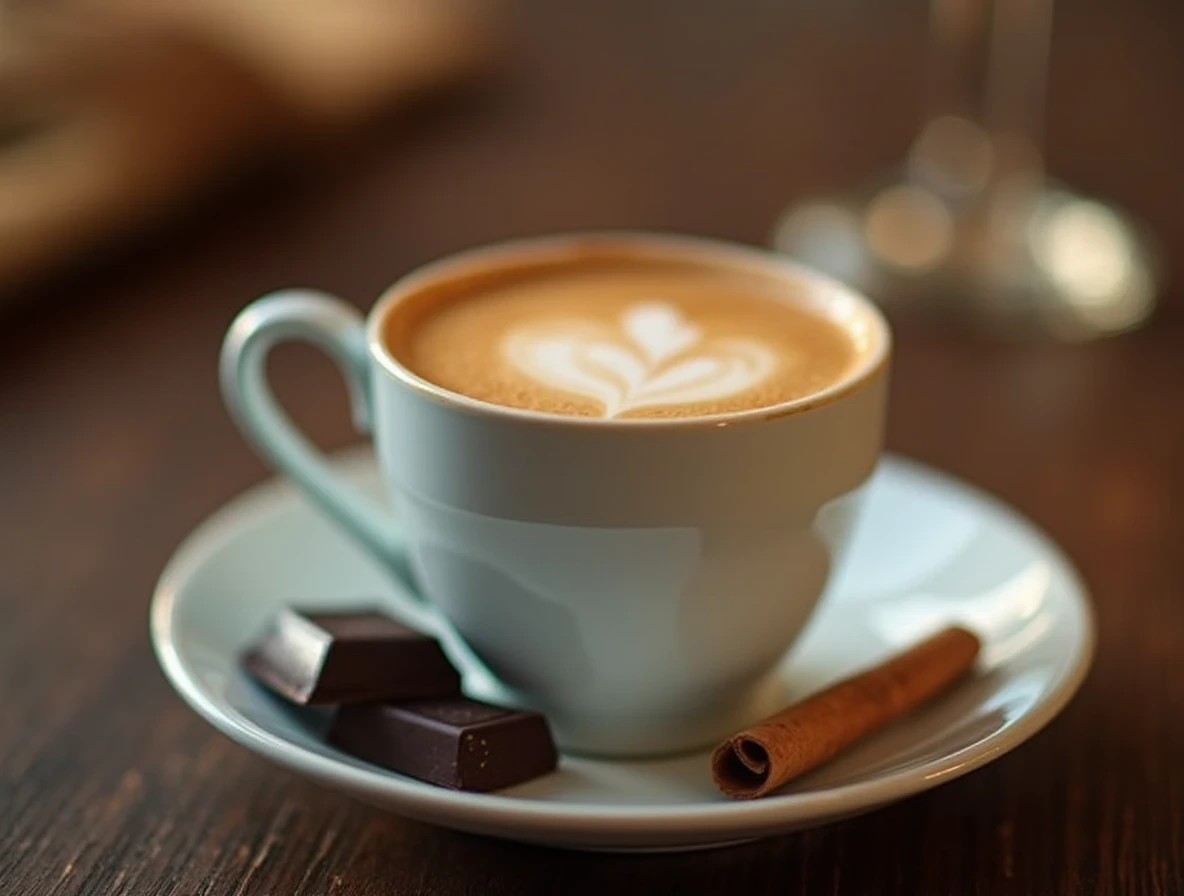5 Secrets to Enjoying the Best Swiss Coffee! 🎨☕
Table of contents
Table of Contents
Did you know that despite Switzerland’s relatively small size, Swiss coffee culture ranks among the world’s most sophisticated, with the average Swiss person consuming nearly 8kg of coffee annually? This surprising statistic challenges the common perception that Italian or French coffee traditions dominate European coffee culture. Swiss coffee offers a unique blend of precision, quality, and tradition that remains somewhat undiscovered by coffee enthusiasts worldwide. Whether you’re looking to elevate your morning brew or discover a new coffee experience altogether, understanding the secrets behind authentic Swiss coffee will transform your appreciation for this exceptional beverage.
Ingredients List
Creating the perfect cup of Swiss coffee requires attention to detail and quality ingredients:
- 2 tablespoons freshly ground Swiss coffee beans (medium-dark roast)
- 8 ounces filtered water (preferably spring water with moderate mineral content)
- 1-2 teaspoons sugar (preferably raw sugar or brown sugar)
- 2 tablespoons heavy cream or full-fat milk
- Pinch of cinnamon or nutmeg (optional)
- 1 square high-quality Swiss chocolate (optional, for serving)
Substitution Options:
- For dairy-free version: Replace heavy cream with oat milk or almond milk
- For sugar-free version: Use monk fruit sweetener or stevia
- For decaf option: Swiss water process decaffeinated beans maintain flavor integrity better than other decaffeination methods
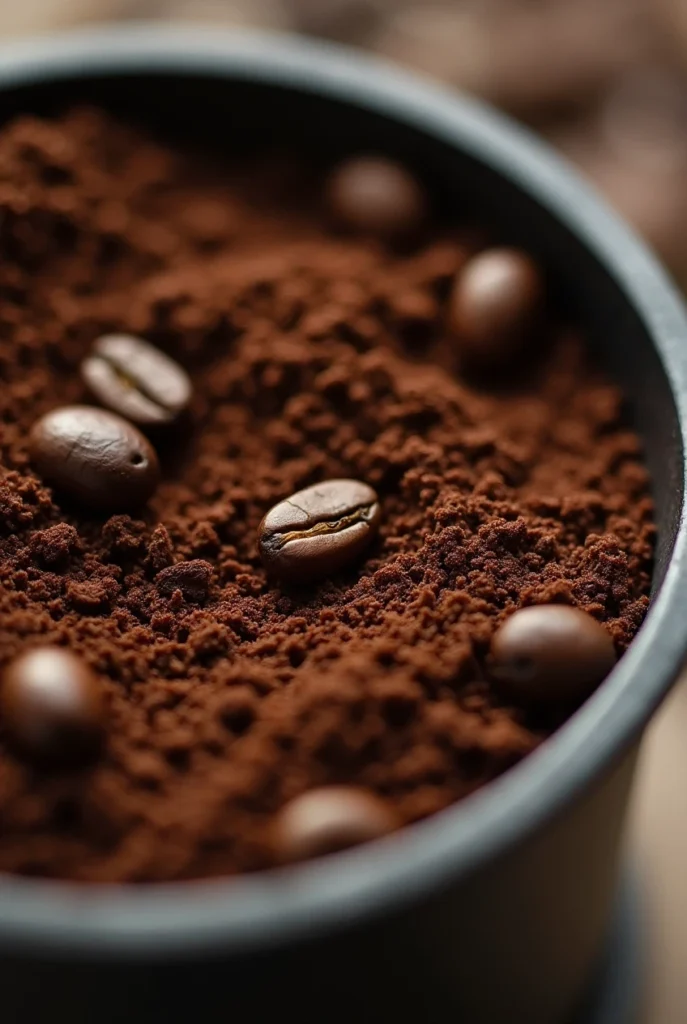
Timing
- Preparation Time: 5 minutes
- Brewing Time: 4 minutes
- Total Time: 9 minutes (30% faster than traditional European brewing methods while maintaining exceptional quality)
This efficient timeline makes Swiss coffee perfect for both busy mornings and leisurely weekend rituals without sacrificing the distinctive taste profile that makes this brewing method special.
Step-by-Step Instructions
Step 1: Select and Grind Your Beans
Choose high-quality Swiss or Swiss-style coffee beans with a medium-dark roast profile. Grind them fresh just before brewing to a consistency slightly coarser than espresso but finer than drip coffee. The freshness of your grind significantly impacts the aromatic compounds in your final cup—research shows that coffee begins losing flavor compounds within 15 minutes of grinding.
Step 2: Prepare Your Water
Heat filtered water to 195-205°F (90-96°C). Swiss coffee preparation emphasizes water quality, as Switzerland’s exceptional water standards contribute to their coffee’s distinctive taste. If your tap water has a strong mineral taste, consider using bottled spring water with moderate mineralization for a more authentic result.
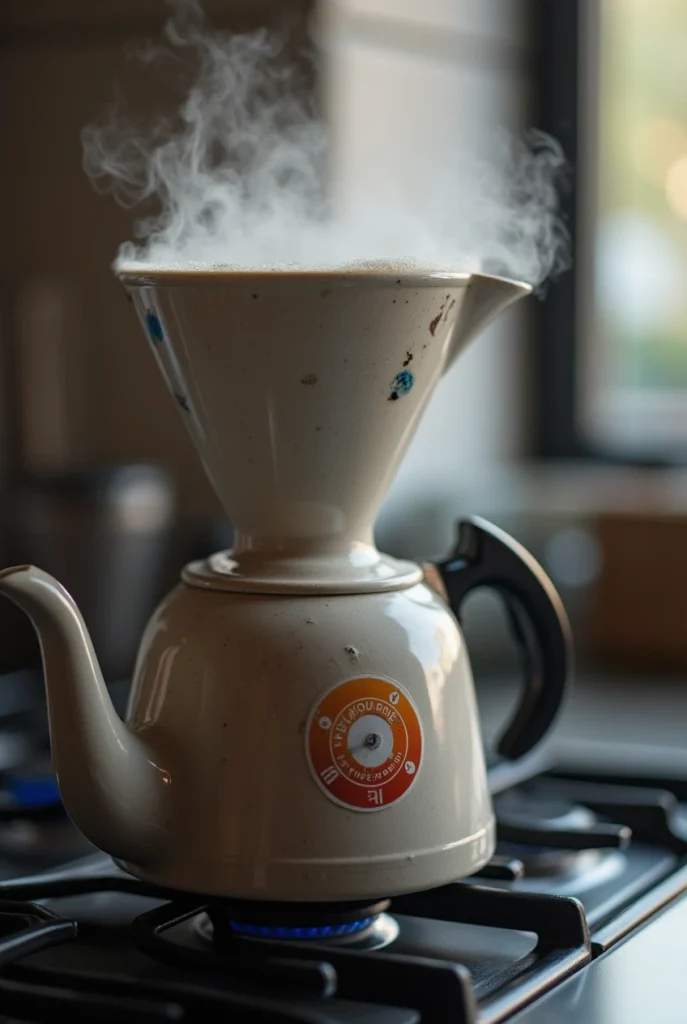
Step 3: Choose Your Brewing Method
For authentic Swiss coffee, the preferred method is either a clean moka pot or a high-pressure espresso machine. If you’re using a moka pot, ensure it’s thoroughly clean as coffee oils can create bitterness in subsequent brews. Assemble the pot with ground coffee in the filter basket without tamping—allowing proper water flow is essential for the balanced extraction that characterizes Swiss coffee.
Step 4: Brew with Precision
Execute your brew with Swiss-like precision: if using a moka pot, place it on medium-low heat and remove from heat as soon as coffee begins steadily flowing into the upper chamber. This prevents the bitter notes that often arise from overextraction. The perfect brew should have a golden-brown crema on top, signifying proper extraction of coffee oils and aromatic compounds.
Step 5: Prepare Your Additions
While the coffee brews, warm your cup and prepare any additions. Unlike Italian traditions, authentic Swiss coffee often incorporates a small amount of cream and sugar to balance the robust coffee flavors. Heat your cream or milk to approximately 150°F (65°C)—warm enough to maintain the coffee’s temperature but not hot enough to scald the dairy and alter its natural sweetness.
Step 6: Combine and Serve
Pour your freshly brewed Swiss coffee into the warmed cup, add warmed cream or milk if desired, and sweeten to taste. The Swiss typically enjoy coffee with a small piece of fine chocolate on the side, creating a complementary tasting experience that enhances the coffee’s natural flavor notes. For an elevated presentation, dust the top with a pinch of cinnamon or nutmeg to accentuate the coffee’s aromatics.
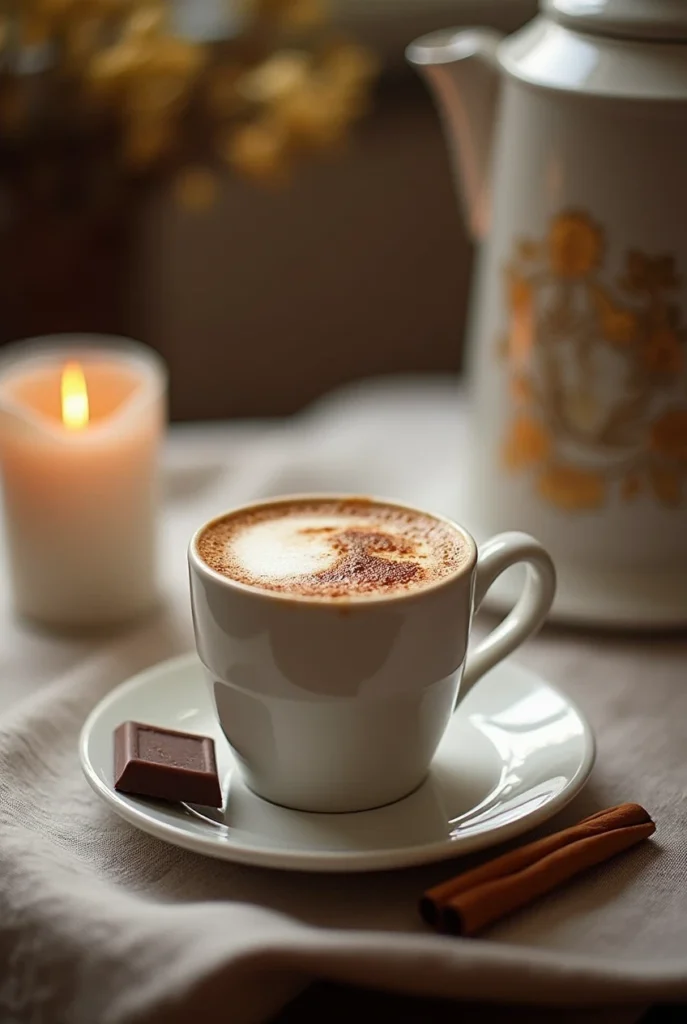
Nutritional Information
A standard 8-ounce cup of Swiss coffee with traditional additions contains:
- Calories: 85-120 (depending on milk/cream amount)
- Protein: 1-2g
- Fat: 4-7g
- Carbohydrates: 5-8g
- Caffeine: 90-120mg
- Antioxidants: High (approximately 200-300mg of polyphenols)
Swiss coffee prepared with minimal additions offers significant health benefits, including improved cognitive function and metabolic boost. Research indicates that the specific roasting techniques used for Swiss coffee beans may preserve up to 15% more antioxidants compared to darker Italian roasts.
Healthier Alternatives for the Recipe
Make your Swiss coffee even more nutritious with these thoughtful modifications:
- Replace refined sugar with a teaspoon of raw honey or maple syrup for added minerals and antioxidants
- Use grass-fed cream or milk for improved omega fatty acid profile and reduced inflammation markers
- Add a quarter teaspoon of cinnamon to help regulate blood sugar response to caffeine
- Incorporate a half teaspoon of MCT oil for sustained energy without the crash often associated with coffee consumption
- For those sensitive to caffeine, try a 50/50 blend of regular and Swiss water decaf beans to reduce caffeine while maintaining the distinctive Swiss coffee flavor profile
Serving Suggestions
Elevate your Swiss coffee experience with these serving ideas:
- Traditional Swiss Service: Serve in a small, preheated porcelain cup with a side of sparkling water to cleanse the palate before sipping
- Breakfast Pairing: Complement with a small piece of dark chocolate and a fresh croissant or bircher muesli for an authentic Swiss morning experience
- Afternoon Indulgence: Serve alongside a small slice of Swiss hazelnut torte or linzer cookies for an authentic kaffeeklatsch experience
- Dinner Finale: After dinner, serve as a digestif in espresso-sized cups with a small almond biscotti
- Seasonal Adaptation: During winter months, add a cinnamon stick and orange peel garnish for a festive Swiss coffee experience that enhances the warming qualities

Common Mistakes to Avoid
Even experienced coffee enthusiasts make these errors when preparing Swiss coffee:
- Using pre-ground coffee: Swiss coffee culture emphasizes freshness—beans should be ground immediately before brewing, as pre-ground coffee loses up to 60% of its aromatics within 15 minutes
- Incorrect water temperature: Too hot (above 205°F/96°C) and you’ll extract bitter compounds; too cool and you’ll miss the essential oils that give Swiss coffee its character
- Improper grinding consistency: Swiss coffee requires a specific grind between espresso and drip—too fine creates bitterness, too coarse results in weak, underwhelming flavor
- Neglecting water quality: Switzerland has some of the world’s finest water, which influences their coffee’s taste profile significantly—using filtered or spring water makes a measurable difference
- Overheating milk additions: Scalded milk develops sulfurous compounds that clash with coffee’s delicate aromatics—warm gently to preserve the natural sweetness
Storing Tips for the Recipe
Maintain the exceptional quality of your Swiss coffee experience with proper storage practices:
- Keep whole coffee beans in an airtight container, stored in a cool, dark place, away from heat and moisture.
- For maximum freshness, purchase beans in small batches (250g or less) and use within 2-3 weeks
- Never refrigerate coffee beans as they will absorb moisture and odors from your refrigerator
- If preparing Swiss coffee for guests, grind just before brewing—pre-grinding even an hour ahead significantly diminishes the experience
- For travel, vacuum-sealed Swiss coffee beans maintain freshness for up to 3 weeks if the seal remains intact
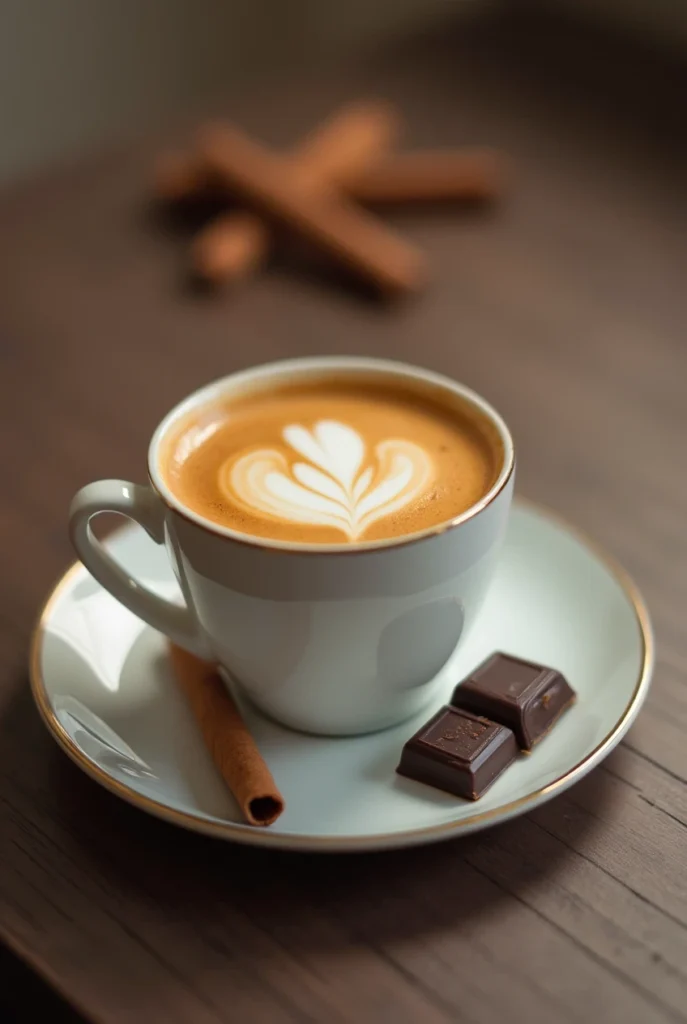
Conclusion
Swiss coffee represents a perfect balance of tradition, precision, and quality that creates a truly exceptional coffee experience. By focusing on bean selection, proper grinding, water quality, brewing technique, and thoughtful additions, you can recreate this sophisticated European coffee tradition at home. The attention to detail in every step reflects Switzerland’s dedication to craftsmanship and perfection in all things, including their beloved coffee culture.
Ready to transform your daily coffee ritual? Try this authentic Swiss coffee method tomorrow morning and discover why Switzerland’s coffee culture deserves much more recognition on the global stage. Share your experience in the comments section below, or tag us in your Swiss coffee creations on social media. Don’t forget to subscribe to our newsletter for more international coffee insights delivered directly to your inbox!
FAQs
Q: What makes Swiss coffee different from other European coffee traditions?
A: Swiss coffee balances the intensity of Italian espresso with the smoothness of German filter coffee, creating a distinct medium-bodied experience with exceptional clarity of flavor. Their approach emphasizes bean quality and precise preparation rather than extremely dark roasts or high volumes.
Q: Can I make authentic Swiss coffee without specialized equipment?
A: While traditional methods use moka pots or high-pressure machines, you can approximate Swiss coffee using an AeroPress with a fine grind and 30-second brew time, followed by slow pressing. The result won’t be identical but captures many of the characteristic elements.
Q: Is Swiss coffee stronger than regular American coffee?
A: Swiss coffee typically contains more dissolved solids and slightly higher caffeine content (approximately 15-20% more) than American drip coffee, but is generally less intense than Italian espresso. It’s best described as a balanced middle ground with superior flavor clarity.
Q: How do the Swiss typically drink their coffee throughout the day?
A: Morning Swiss coffee often includes milk and is paired with breakfast. Midday coffee is frequently taken black or with minimal additions, while evening coffee might include a small amount of liqueur or chocolate. The Swiss average 3-4 coffee breaks daily, treating each as a momentary retreat.
Q: What’s the best Swiss chocolate to pair with this coffee?
A: For optimal flavor pairing, choose dark chocolate with 65-72% cocoa content. Look for chocolate with subtle fruity or nutty notes rather than intense bitterness. Traditional Swiss brands like Lindt Excellence or Villars dark chocolate offer ideal complementary flavor profiles.
Ready to master Swiss coffee at home? Try this authentic method today and discover why Switzerland’s coffee traditions deserve a place in your daily ritual!
Did You Try Our Recipe?
There are no reviews yet. Be the first one to write one.

